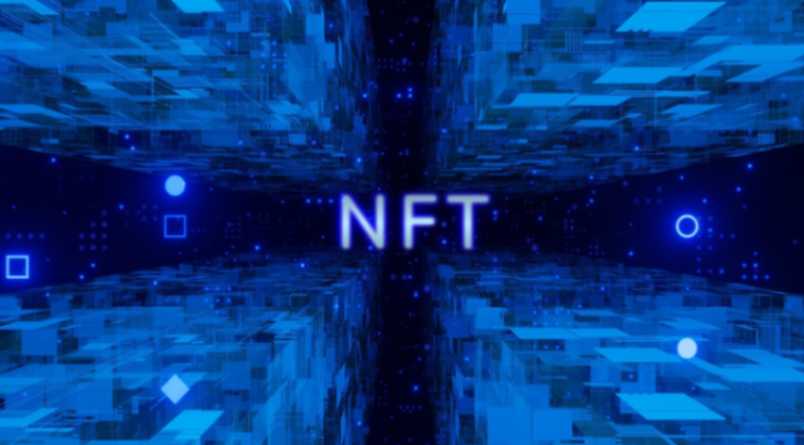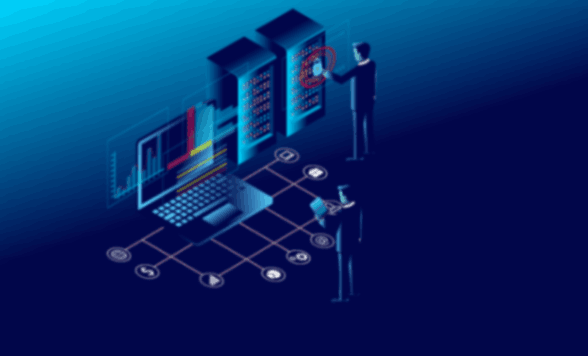As urbanization continues to accelerate, the need for innovative and sustainable workspaces in city environments becomes increasingly critical. Enter Stuwk, a groundbreaking initiative designed to revolutionize the concept of urban workspaces by integrating sustainability, technology, and community-focused design. This article explores the origins, features, and impact of Stuwk, illustrating how it is shaping the future of work in urban settings.
Origins of Stuwk
Stuwk was conceived by a team of architects, urban planners, and environmentalists who recognized the growing challenges associated with traditional urban workspaces. These challenges included inefficient use of space, high energy consumption, and a lack of consideration for environmental sustainability and community well-being.
The founders of Stuwk aimed to create a new model for urban workspaces that would address these issues head-on. Their vision was to develop workspaces that are not only functional and aesthetically pleasing but also environmentally friendly and conducive to fostering a sense of community. After extensive research and collaboration with various stakeholders, Stuwk was launched, offering a fresh perspective on urban workspace design.
Key Features of Stuwk
Stuwk stands out through its unique blend of sustainable design, advanced technology, and community-centric approach. Here are some of the key features that define Stuwk workspaces:
1. Sustainable Architecture
Stuwk places a strong emphasis on sustainability in its architectural designs. This includes the use of eco-friendly materials, energy-efficient systems, and green building techniques. Buildings are designed to minimize their environmental footprint, incorporating features such as solar panels, rainwater harvesting systems, and green roofs.
2. Flexible and Modular Spaces
Recognizing the dynamic nature of modern work, Stuwk offers flexible and modular spaces that can be easily reconfigured to meet the changing needs of businesses and individuals. This adaptability ensures that the workspaces remain functional and relevant as work patterns evolve.
3. Smart Technology Integration
Stuwk integrates cutting-edge smart technologies to enhance the functionality and efficiency of its workspaces. This includes IoT-enabled devices for monitoring and controlling energy usage, smart lighting systems that adjust based on occupancy and natural light, and advanced HVAC systems for optimal indoor air quality.
4. Community and Collaboration
At the heart of Stuwk’s philosophy is the belief in fostering a strong sense of community and collaboration. Workspaces are designed to encourage interaction and cooperation among users, featuring communal areas, co-working spaces, and amenities such as cafes and recreational facilities. Regular events and workshops are organized to promote networking and skill-sharing.
5. Health and Well-being
Stuwk prioritizes the health and well-being of its users by incorporating features that promote physical and mental health. This includes ergonomic furniture, ample natural light, indoor plants, and dedicated wellness spaces for activities such as yoga and meditation. Additionally, air and water quality are closely monitored to ensure a healthy environment.
Impact on Urban Workspaces
Stuwk’s innovative approach to urban workspaces has far-reaching implications across various sectors. Here are some of the ways in which Stuwk is making a significant impact:
1. Reducing Environmental Impact
By prioritizing sustainability in its designs, Stuwk is helping to reduce the environmental impact of urban workspaces. Energy-efficient buildings, renewable energy sources, and sustainable materials contribute to lower carbon emissions and a reduced ecological footprint.
2. Enhancing Productivity and Well-being
The emphasis on health, well-being, and community within Stuwk workspaces fosters a more productive and satisfied workforce. Employees benefit from a supportive environment that promotes work-life balance, resulting in higher job satisfaction and increased productivity.
3. Supporting Business Agility
The flexibility and modularity of Stuwk workspaces allow businesses to adapt quickly to changing circumstances. Whether expanding, downsizing, or reconfiguring their space to accommodate new ways of working, businesses can do so with minimal disruption and cost.
4. Revitalizing Urban Areas
Stuwk workspaces contribute to the revitalization of urban areas by transforming underutilized or neglected spaces into vibrant hubs of activity. This not only improves the aesthetic appeal of the city but also stimulates local economies by attracting businesses and creating jobs.
Stuwk and the Future of Urban Workspaces
As urbanization continues to reshape cities around the world, the demand for sustainable and adaptable workspaces will only grow. Stuwk is at the forefront of this evolution, continually innovating to meet the needs of modern urban environments. Here are some future developments that Stuwk is exploring:
1. Expanding Green Initiatives
Stuwk is committed to expanding its green initiatives by incorporating even more sustainable practices and technologies. This includes exploring new renewable energy sources, enhancing waste reduction and recycling programs, and further reducing the carbon footprint of its buildings.
2. Leveraging Data and Analytics
Stuwk aims to leverage data and analytics to optimize the performance and efficiency of its workspaces. By collecting and analyzing data on energy usage, occupancy patterns, and user preferences, Stuwk can make informed decisions to improve the functionality and sustainability of its spaces.
3. Enhancing Connectivity
Future Stuwk workspaces will place a greater emphasis on connectivity, ensuring that users have access to high-speed internet and advanced communication tools. This will support remote work and digital collaboration, making it easier for users to connect and work from anywhere.
4. Expanding Globally
Stuwk plans to expand its presence globally, bringing its innovative approach to urban workspaces to cities around the world. By partnering with local developers and governments, Stuwk aims to create a global network of sustainable and community-focused workspaces.
Conclusion
Stuwk represents a bold new vision for the future of urban workspaces. By integrating sustainability, technology, and community-focused design, Stuwk is addressing the challenges of modern urbanization and creating workspaces that are not only functional but also environmentally friendly and conducive to well-being.
The impact of Stuwk extends across various sectors, from reducing environmental impact and enhancing productivity to supporting business agility and revitalizing urban areas. As Stuwk continues to innovate and expand, it promises to play a pivotal role in shaping the future of work in urban environments, creating spaces that are adaptable, sustainable, and community-oriented.
In a world where urbanization shows no signs of slowing down, Stuwk’s commitment to sustainable and innovative workspaces is a beacon of hope for a more balanced and sustainable future. By reimagining what urban workspaces can be, Stuwk is not just keeping pace with the changing times but leading the way towards a more sustainable and connected world. Read More


